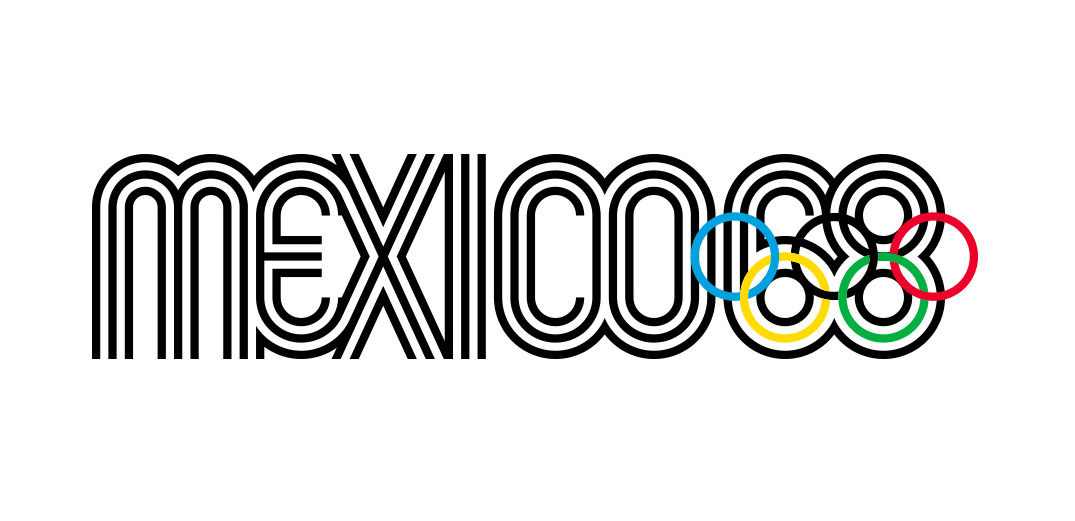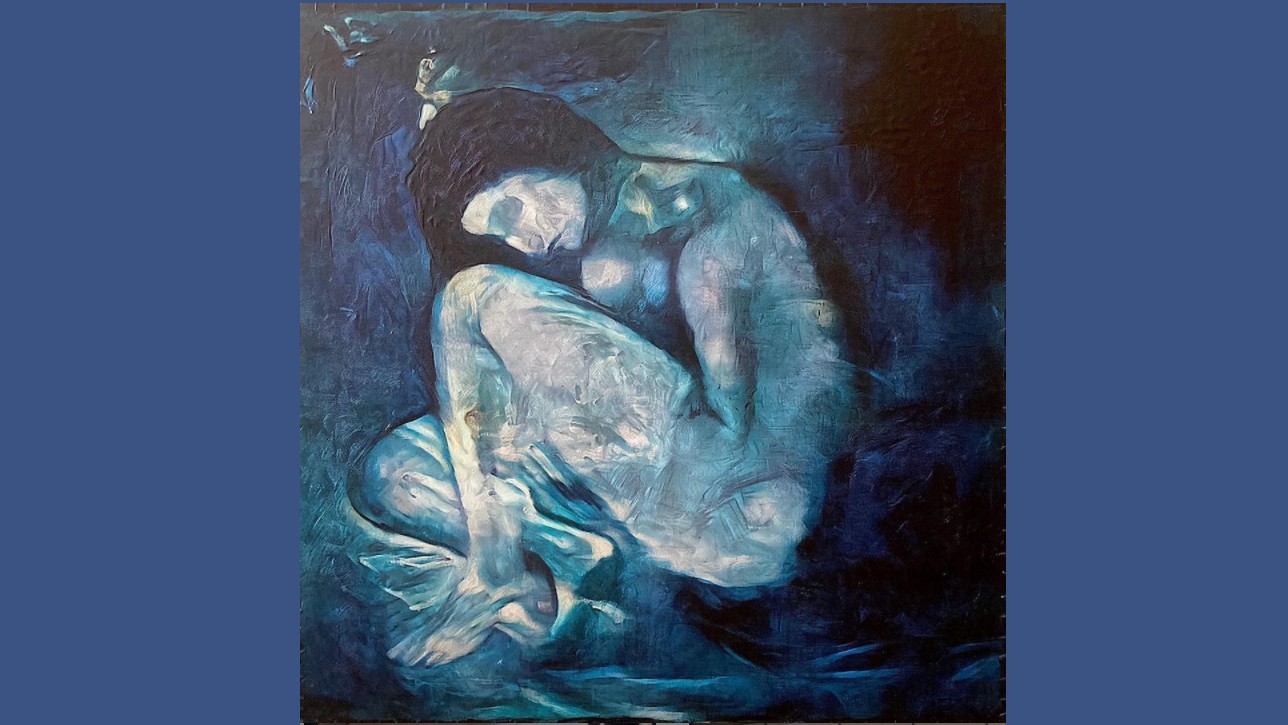
Pablo Picasso may have died in 1973, but new artworks by the celebrated Spanish artist are still being uncovered. And while you might think the supply of missing paintings would have dried up by now, Picasso lovers have a new tool in their armory: AI.
Oxia Palus, a tech startup that specialises in recovering lost art, has recreated a nude that Picasso painted over with 'The Blind Man's Meal' in 1903, during the artist's Blue Period (1901-1904).
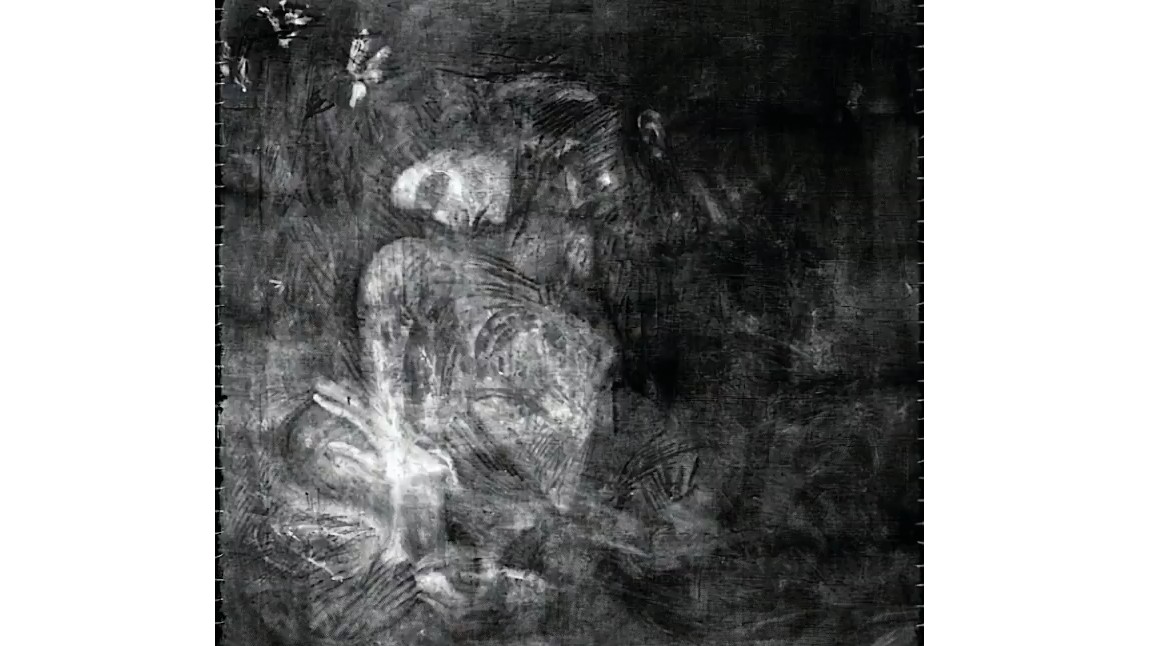
The original work was partially revealed using superimposed X-ray fluorescence (XRF) imaging back in 2010. But now the company has used technology to recreate the painting in full.
Oxia Palus first used XRF imaging and imaging processing software to build an underlying skeleton for the painting, which it's titled "The Lonesome Crouching Nude".
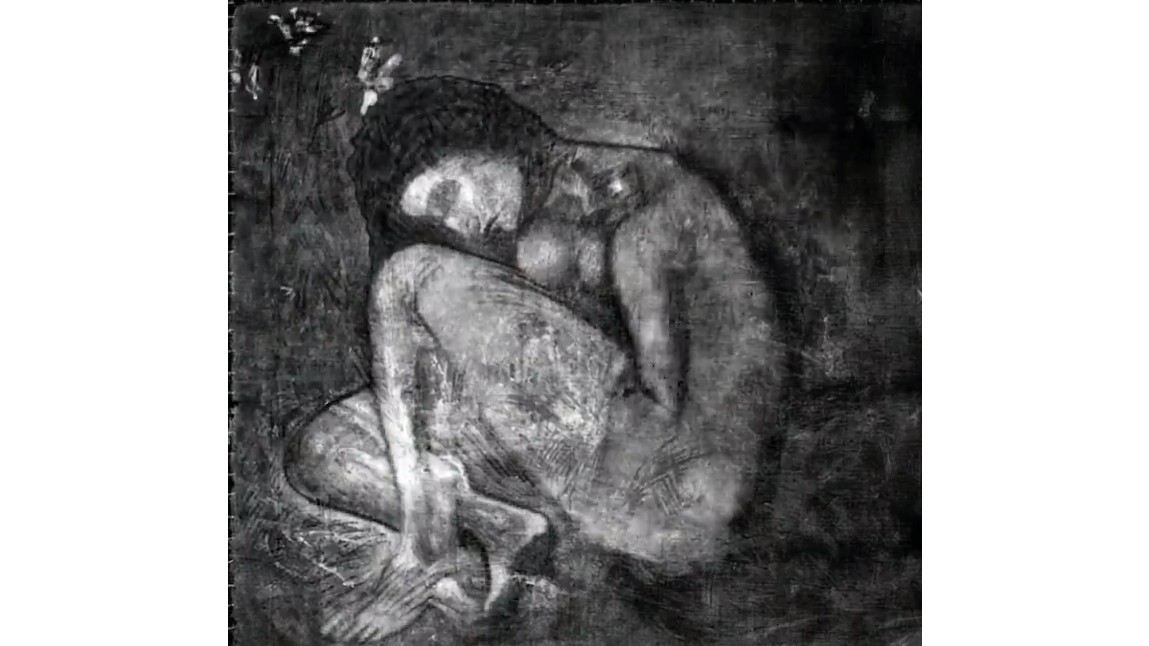
Then they applied virtual brushstrokes that mimick Picasso’s style using AI. Finally, they generated a heightmap and 3D-printed the piece on a canvas to give it the look of a real oil painting.
The work will be on show at Deeep, an AI Art Fair in London from 13-17 October. But the question we have to ask is... is this a "real Picasso"?
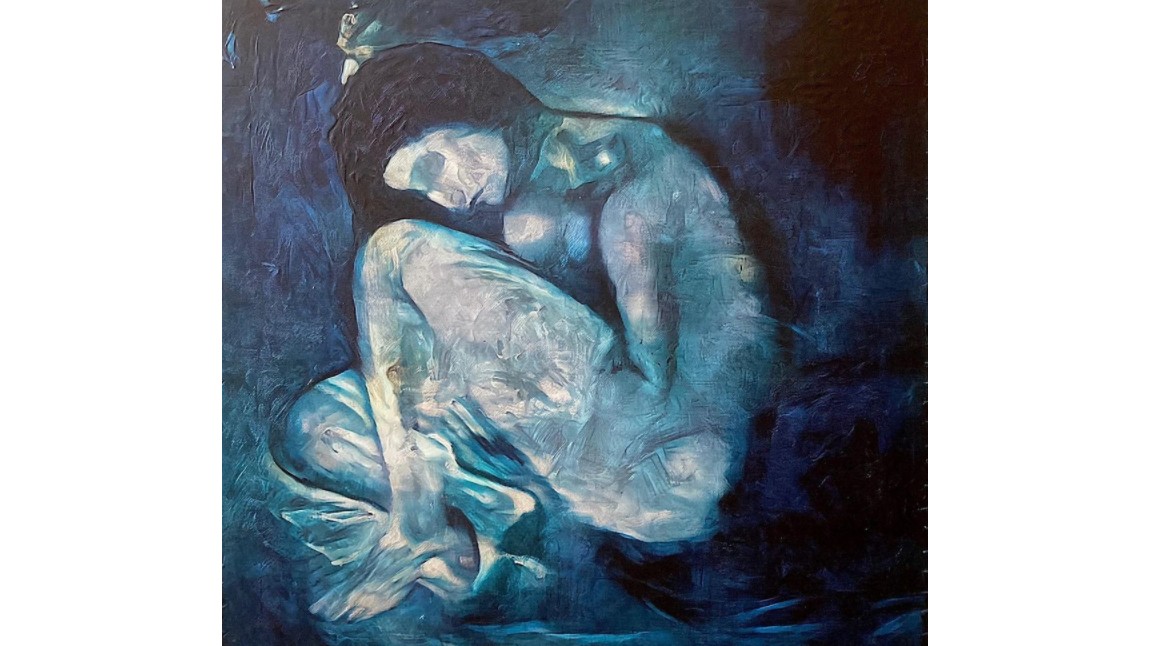
Well, if you want to be picky, you could argue that this artwork wasn't painted by Picasso but by a computer, and based on guesswork rather than definitive information about how the original looked.
Get the Creative Bloq Newsletter
Daily design news, reviews, how-tos and more, as picked by the editors.
If you wanted to be more generous, though, you could counter that all ageing works of art are touched up by experts over the years, and a fair amount of invention and guesswork is involved in art restoration generally. At worst, this results in some painfully botched reconstructions, which are certainly less likely to happen with digitally driven work.
Whether or not the art world, and the public in general, accepts these recreations as genuine works of art, or just entertaining curiosities, remains to be seen. But Oxia Palus is not the only company pursuing this approach: back in June, for example, Amsterdam’s Rijksmuseum announced it had digitally recreated parts of the iconic 'Night Watch' painting that were snipped off 70 years after Rembrandt finished it.
You might also wonder whether Picasso would have wanted his nude to be seen, given that he chose to paint over it. Here, however, art historians are united in believing that the decision was purely one of cost. As a poor artist he simply wouldn't have been able to afford an extra canvas.
So it seems reasonable to assume Picasso would be delighted to see the artwork resurrected half a century after his death... if perhaps a little baffled.
Related articles:

Thank you for reading 5 articles this month* Join now for unlimited access
Enjoy your first month for just £1 / $1 / €1
*Read 5 free articles per month without a subscription

Join now for unlimited access
Try first month for just £1 / $1 / €1

Tom May is an award-winning journalist and editor specialising in design, photography and technology. Author of the Amazon #1 bestseller Great TED Talks: Creativity, published by Pavilion Books, Tom was previously editor of Professional Photography magazine, associate editor at Creative Bloq, and deputy editor at net magazine. Today, he is a regular contributor to Creative Bloq and its sister sites Digital Camera World, T3.com and Tech Radar. He also writes for Creative Boom and works on content marketing projects.
